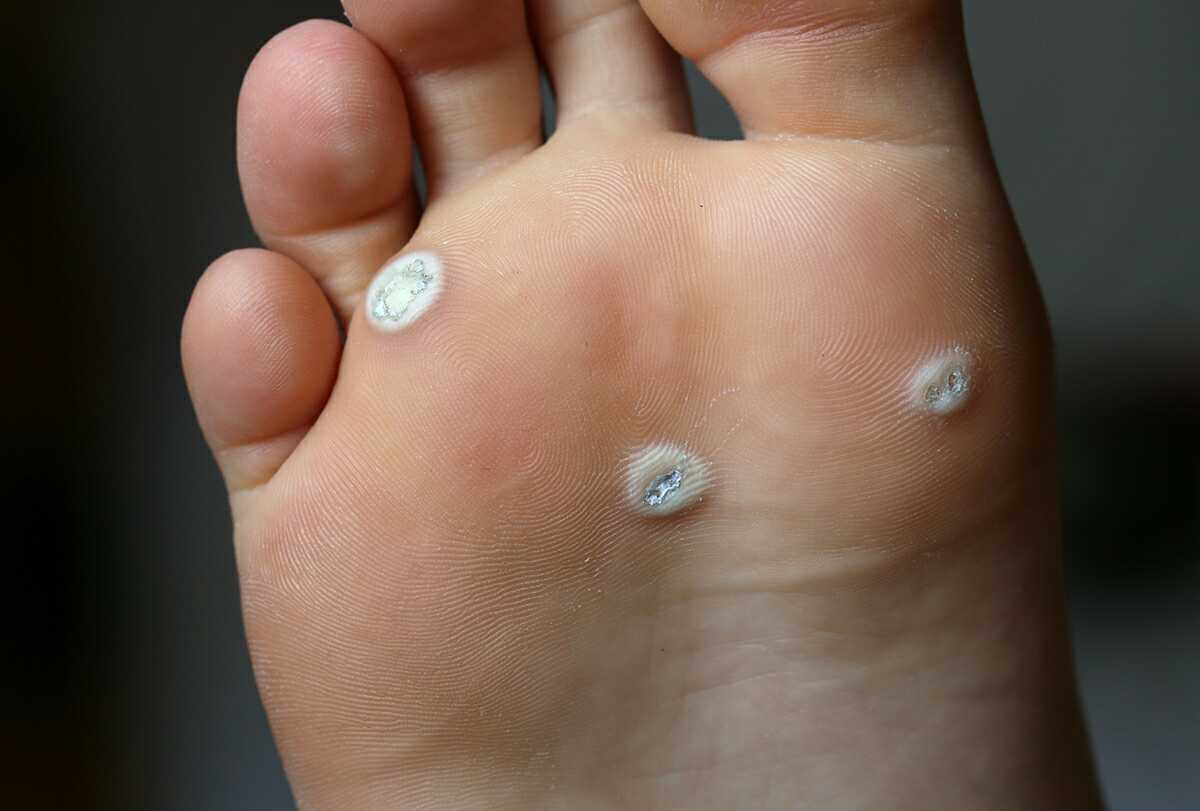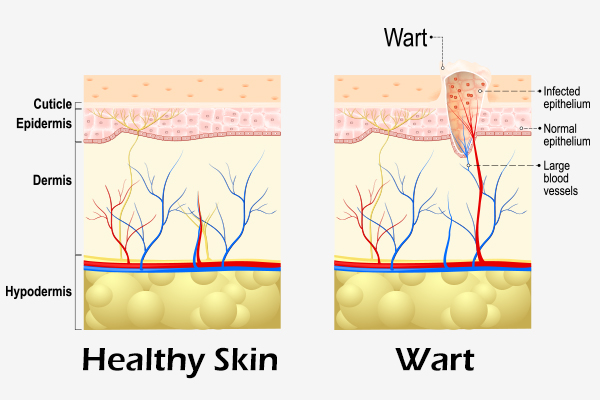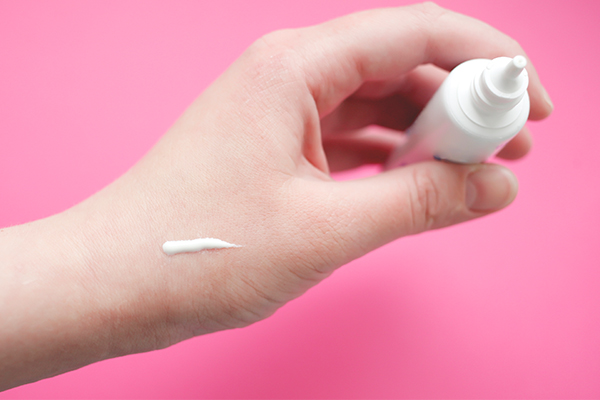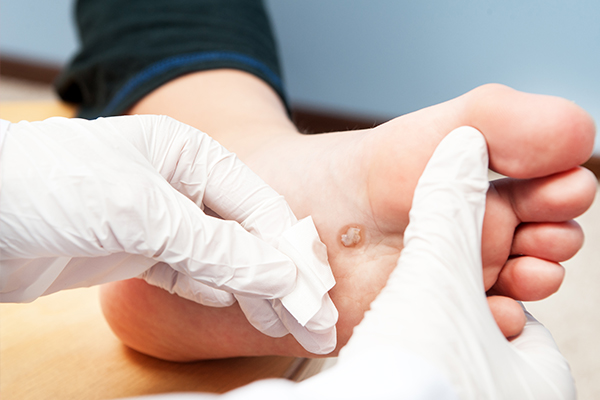In this article:
Warts refer to bumps on the skin that occur due to an infection with the human papillomavirus (HPV). Also known as verrucae, this common skin problem generally develops on the hands and feet.

Warts affect around 10% of the world population, with a prevalence of 10%–20% among school-aged children. (1)(2) While warts rarely cause any severe health problem, warts can be an aesthetic concern to many.
Types of Warts
Warts are generally seen on the hands and feet, but they can develop on any part of the body. They may develop singly or in clusters and even have different textures and colors.

Based on these characteristics, warts are classified into the following types:
- Common warts: These warts are found on the toes and fingers and are dark in color.
- Periungual warts: These warts develop around and under the nails. They are irregularly shaped and rough.
- Flat warts: These warts are rounded and flat and are found on the arms, thighs, and face. They can be pink, yellowish, or light brown.
- Plantar warts: These warts grow in the soles of the feet.
- Filiform warts: These warts are elongated and appear around the nose, neck, mouth, and chin.
- Genital warts: These warts are present around the genital area.
Cause of Warts
HPV is a common microbe that can easily spread through direct skin contact and even through objects such as razors and towels. Almost everyone is exposed to HPV at least once in their lifetime, but warts develop only when the virus enters the skin.
There are multiple strains of HPV that can enter the skin through cuts or wounds. (3) Upon entry, the virus induces excessive cell growth that further develops as warts.
Medical Treatment for Warts

Most cases of warts resolve on their own, especially in children. However, a dermatologist may recommend the following treatments to facilitate a quicker recovery:
- Cantharidin: The topical application of cantharidin over the wart induces blister formation under it. This helps detach the wart from the skin cells, which can then be removed by a dermatologist after about a week.
- Electrosurgery: This procedure involves burning the wart with electricity and is commonly used for the treatment of common, foot, and filiform warts.
- Curettage: A sharp tool is used to scrape off the wart.
- Cryotherapy: This procedure involves freezing the wart and then excising it to minimize the pain.
- Surgical excision: Warts can be surgically removed after giving local anesthesia. However, this may result in scarring.
- Laser surgery: This type of surgery is ideal for hard-to-remove warts.
- Chemical peeling: The use of salicylic or glycolic acid chemical peels is beneficial for flat warts.
- Vitamin D injection: The doctor may give intralesional vitamin D injections to help manage the condition.
A long-term or recurrent problem of warts may require the following treatments:
- Topical or oral retinoids
- Oral vitamins
- Fluorouracil cream
- Photodynamic therapy
- H2 receptor antagonists
- Bleomycin injections
- Immune therapy using topical chemicals (imiquimod) or interferon injections
Diagnosing Warts
A physical exam is done by the doctor to assess the type of warts. This includes examining the color, number, size, and texture of the wart.
Also, the doctor may order the following tests to confirm the diagnosis:
- Blood tests or immunohistochemical tests
- Skin biopsy
- Southern blot hybridization to detect the presence of virus inside the body
Risk Factors for Warts
The following factors can increase the chances of being infected by warts:
- Suppressed or weakened immune system
- Use of communal showers in gyms, sport arenas, and pools
- Contact with people affected by warts
- Skin diseases such as eczema (4)
- Diabetes (5)
- Daily handling of meat (6)
- Smoking and alcohol consumption
- White ethnicity (7)
Complications of Untreated Warts

Although rarely, warts can contribute to the development of the following complications:
When to See a Doctor
Warts often cause pain but are generally manageable. However, you must consult a doctor if you have:
- Plantar warts that are causing difficulty walking
- Periungual warts that cause pain with nail growth
- Problems in sleeping
- Symptoms of social withdrawal
- Bleeding around the warts
- Increasing number of warts
- Warts that are changing color
- Any immunodeficiency disorder or diabetes
Final Word
Warts are a common skin problem and they appear as bumps on the skin due to an infection with HPV. They generally resolve on their own due to the action of the immune system.
It is suggested to keep track of the color and number of your warts and contact a doctor if you notice any changes or if the condition gets severe.

- Was this article helpful?
- YES, THANKS!NOT REALLY


